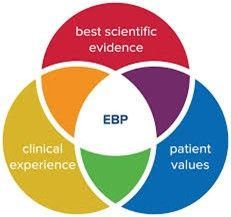Behavioral Health Training: Selecting The Priorities
Organizations that succeed balance retention and morale with clinical and governmental essentials.

Behavioral health organizations need to put priority on training their staff. Having a well-trained workforce leads to reduced turnover, increased employee morale, and better-skilled professionals. Organizations may determine their training needs due to governmental regulations, such as management of assaultive behavior or trauma-informed care. Accreditation agencies such as COA and CARF also have mandatory training courses. Others use training courses that are required to access funding streams, such as prevention and early intervention, with evidence-based practices. But these training courses may not fit the overall needs of an agency. How does an agency prioritize what its employees need?
First, align the behavioral health training courses with your organizational leadership goals and plans. Each organization has a strategic plan, an instrument that provides the agency’s path in the next one to five years. Client functioning, higher productivity, and employee retention are examples of these goals. Evaluate the types of training that facilitate employees and the organization to achieve these goals.
Second, determine the areas of greatest risk to clients and the agency. What are the problems that clients experience that create the highest level of crisis or severity? Substance abuse, crisis management, domestic violence, dealing with running away, and medication adherence may be the topics of choice to reduce risk.
Third, assess the workforce’s strengths and talents. If your agency has less experienced staff, they may need the basics of behavioral health training, such as behavioral interventions. Topics such as suicide prevention, trauma-informed care, and documentation may be advantageous. Agencies with more experienced clinicians elevate to more clinical techniques for family therapy, individual therapy, and other topics.




